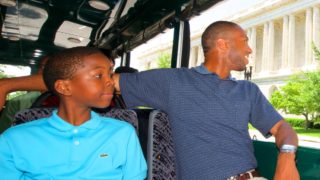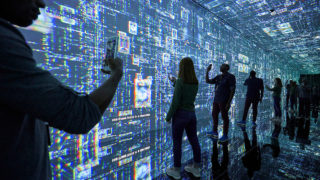National Zoo
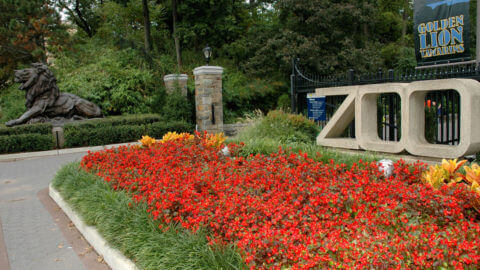
Part of the Smithsonian Institution, the National Zoo houses more than 400 species of animals. The zoo’s founder, naturalist William T. Hornaday, developed the zoo because of his concern over the decline of many native American species. Hornaday envisioned a facility that would breed endangered American animals in captivity and educate the public about wildlife. Although he eventually left the National Zoo, it continued to grow and today is known around the world for its collection of uncommon animals.
Located in the Woodley Park neighborhood of Northwest Washington D.C., the National Zoological Park is part of the Smithsonian Institution and covers over 160 acres in the picturesque Rock Creek Park. One of the oldest zoos in the United States, the attraction is home to more than 400 different species of animals. The best-known of these residents are the giant pandas. The acclaimed zoo collaborates closely with China to breed, study and nurture these beloved black and white creatures. Approximately 25 percent of the animals that inhabit the park are rare or endangered. Attracting over 2 million visitors annually, this is a sight to see for animal lovers and families.
History of the National Zoo
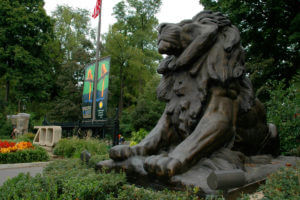
Must-See Exhibits
David Rubenstein Family Giant Panda Habitat
The David Rubenstein Family Giant Panda Habitat is situated in the Asia Trail exhibit and features outdoor and indoor viewing areas. It is home to the zoo’s two adult and two juvenile pandas. The pandas are typically outside from 8 a.m. until 2 p.m. and the indoor viewing area is open to visitors from 10 a.m. until 6 p.m. Lines can be long, so you should arrive early. Flash photography and video are authorized so make sure you remember to bring a camera.
Other Animal Viewing Areas
While the giant pandas are the most popular attraction at the National Zoo, there are several other highly regarded animal viewing areas. Along with lemurs, meerkats and naked mole rats in the Small Mammal Exhibit, you can see lions, tigers and giant anteaters in the Big Cat Exhibit. Other animals on display include elephants, American bison and primates like gibbons, monkeys and lowland gorillas. Observe tortoises, Gila monsters, pythons and alligators up close at the Reptile Discovery Center. While Amazonia features animals from South America like the Andean bear and the red-bellied piranha, the American Trail exhibit highlights species from North America. You can view beavers, bald eagles and harbor seals. The Bird House is home to several very colorful species.
Activates for the Kids
Younger children will enjoy the petting zoo, which features cows, sheep, chickens and miniature donkeys. The zoo also has a playground and an interactive garden where children can learn how pizza ingredients like tomatoes and herbs are grown as well as fun facts about pizza from crust to sauce. The zoo also sponsors various special events throughout the year like Boo at the Zoo during Halloween and the holiday season Zoo Lights celebration that feature live entertainment, keeper talks and animal encounters.
Museum Information & Travel Tips
Hours of Operation & Amenities
The National Zoo is open from 8 a.m. until 7 p.m. during the summer and closes two hours earlier during the winter. The zoo is open every day except Christmas. Admission to the zoo is free. Several restaurants, snack bars and food carts are located throughout the zoo offering a variety of menu items, including dishes that accommodate various dietary requirements. With the exception of assistance animals, pets are not allowed at the zoo.
Getting to the Zoo
Parking is available for a fee, but be aware that the limited spaces fill up fast during the spring and summer months and off-street parking in Northwest D.C. is difficult to find. Because of this, it’s recommended you arrive at the zoo via alternative transportation. The zoo is accessible by public transportation, taxi, or ride sharing services. It’s equidistant from the Cleveland Park and Woodley Park metro stops.
Nearby Attractions
 National Cathedral
National Cathedral
Serving as the sixth largest cathedral in the world, the National Cathedral is a Neo-Gothic edifice that was completed in 1990. Known officially as the Cathedral Church of Saint Peter and Saint Paul, the building features intricate architectural details and ornate stained glass windows as well as gardens designed by Frederick Law Olmsted, Jr.
Hillwood Estate Museum and Gardens
A decorative arts museum, Hillwood Estate Museum and Gardens is the former residence of philanthropist Marjorie Merriweather Post. It features a collection of Faberge eggs, 18th- and 19th-century French artwork and one of the finest orchid collections in the country.
Embassy Row
Embassy Row is the informal name for a stretch of Massachusetts Avenue, N.W. running from the United States Naval Observatory to Scott Circle. The roadway is lined with the embassies and diplomatic missions of various countries often housed in spectacular historic buildings. There are also numerous sculptures and other pieces of public art.
 Adams Morgan Neighborhood
Adams Morgan Neighborhood
The nearby Adams Morgan neighborhood is a popular dining and entertainment destination in the city. A hub for nightlife, it also hosts a variety of street fairs and other cultural events throughout the year.
FAQs
Are there any special exhibits or experiences at the National Zoo?
Yes, the National Zoo in Washington DC boasts unique exhibits like the Giant Panda Habitat and the Elephant Trails. Visitors can also enjoy interactive experiences such as animal feedings and behind-the-scenes tours, making for an unforgettable visit.
How long does it take to visit the National Zoo in DC?
Exploring the National Zoo in DC generally requires 2-4 hours, perfect for discovering unique exhibits and engaging in memorable animal experiences.
What unique animal encounters can visitors experience at the National Zoo?
Visitors to the National Zoo in Washington DC can indulge in unforgettable animal encounters, featuring majestic creatures like the iconic giant pandas, captivating Sumatran tigers, playful Asian elephants, and the elusive clouded leopards. The unique opportunity to observe these animals up close makes for a truly enriching and unforgettable visit.

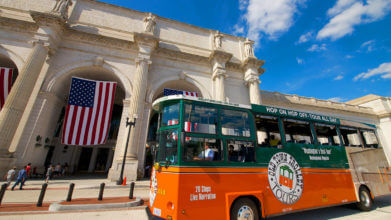
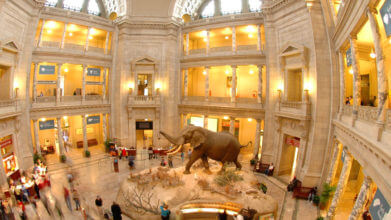
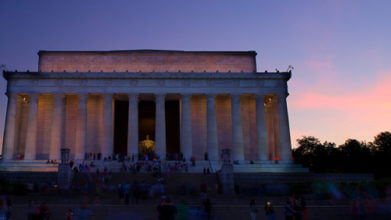
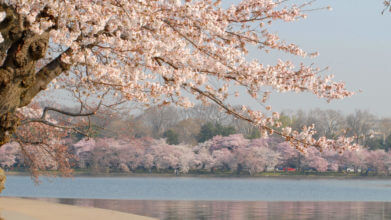
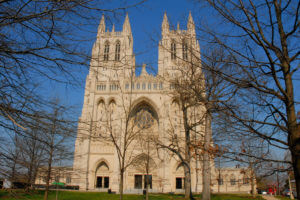 National Cathedral
National Cathedral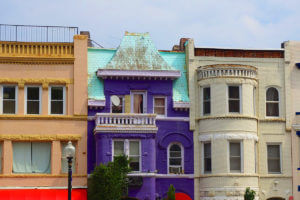 Adams Morgan Neighborhood
Adams Morgan Neighborhood